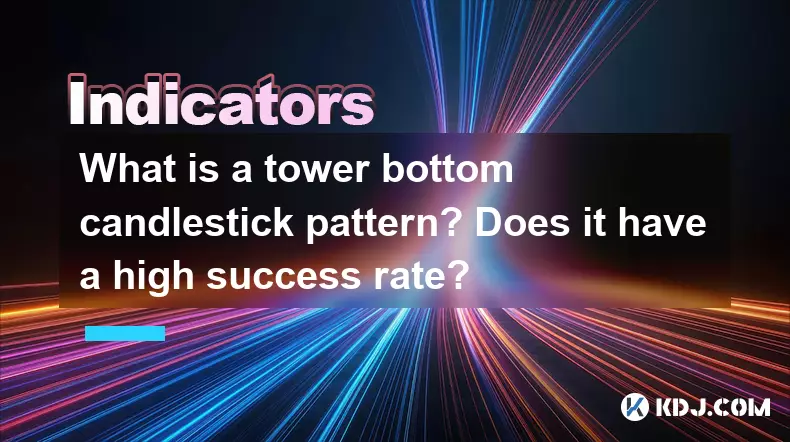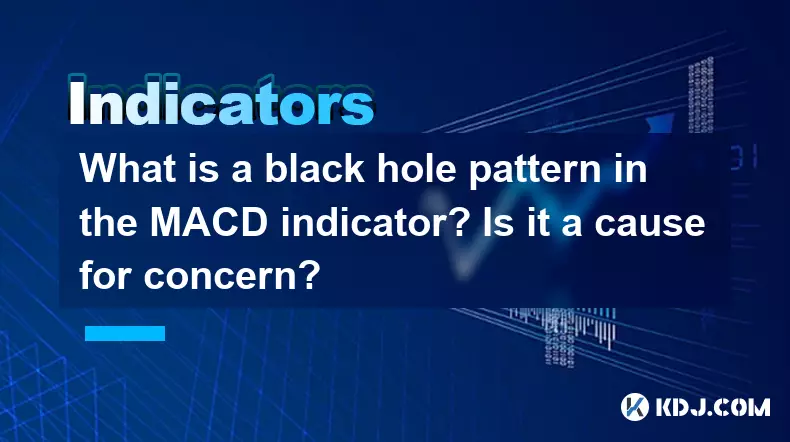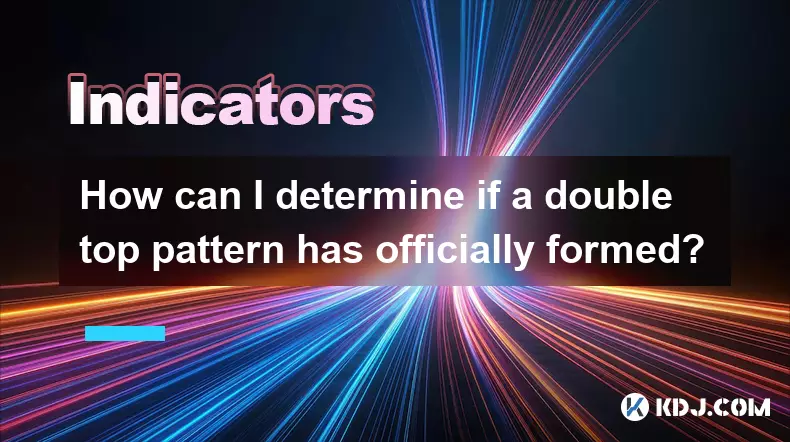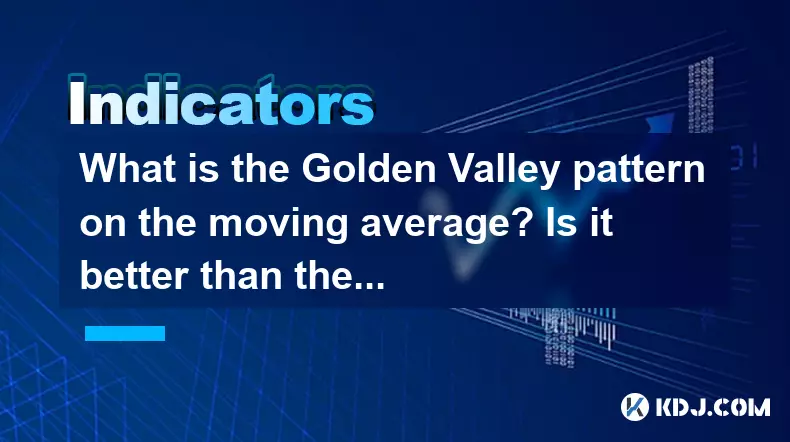-
 bitcoin
bitcoin $109523.663807 USD
-0.13% -
 ethereum
ethereum $4019.526508 USD
2.06% -
 tether
tether $1.000482 USD
0.00% -
 xrp
xrp $2.776815 USD
0.18% -
 bnb
bnb $958.942396 USD
0.12% -
 solana
solana $204.294698 USD
3.84% -
 usd-coin
usd-coin $0.999693 USD
0.00% -
 dogecoin
dogecoin $0.232115 USD
2.09% -
 tron
tron $0.338028 USD
0.84% -
 cardano
cardano $0.790920 USD
1.50% -
 hyperliquid
hyperliquid $44.871443 USD
5.60% -
 ethena-usde
ethena-usde $1.000322 USD
0.04% -
 chainlink
chainlink $21.034165 USD
2.60% -
 avalanche
avalanche $28.794831 USD
-0.54% -
 stellar
stellar $0.360466 USD
1.24%
What is a tower bottom candlestick pattern? Does it have a high success rate?
The tower bottom candlestick pattern signals a potential bullish reversal after a downtrend, especially when confirmed by rising volume and oversold conditions.
Sep 22, 2025 at 07:18 am

Tower Bottom Candlestick Pattern Explained
1. The tower bottom candlestick pattern is a reversal formation that typically appears at the end of a downtrend in financial markets, including cryptocurrency trading charts. It signals a potential shift from bearish to bullish momentum. This pattern consists of a series of consecutive long red (or black) candles followed by a pause in selling pressure, often represented by small-bodied candles, and then one or more strong green (or white) candles that close near their highs.
2. Visually, the left side of the pattern forms a tall 'tower' due to aggressive selling, while the right side shows stabilization and a surge in buying activity. The transition between these two phases indicates that sellers are losing control and buyers are stepping in decisively. In the context of the crypto market, where volatility is high and sentiment shifts rapidly, this pattern can serve as an early indicator of a trend reversal.
3. Traders often look for confirmation after the final green candle closes, such as rising volume on the up-move or follow-through bullish candles in the subsequent periods. Without confirmation, the signal may be considered weak, especially in sideways or choppy markets where false breakouts are common.
4. The structure of the tower bottom is similar to other reversal patterns like the double bottom or bullish engulfing, but it stands out due to its vertical symmetry and clear delineation between fear-driven selling and confident buying. It tends to form over several days on daily charts, though shorter timeframes like 4-hour or 1-hour charts may also exhibit this setup during intraday reversals.
Success Rate and Reliability in Crypto Markets
1. The success rate of the tower bottom pattern depends heavily on context. When it forms after a prolonged downtrend and coincides with oversold conditions on technical indicators like RSI or Stochastic, its reliability increases significantly. In Bitcoin or altcoin charts, such setups have historically preceded sharp rebounds, particularly when macroeconomic or on-chain data supports accumulation.
2. However, not all tower bottoms lead to sustained rallies. In highly speculative environments, short squeezes or pump-and-dump schemes can mimic the appearance of this pattern without genuine buying pressure. Therefore, traders must analyze volume, order book depth, and broader market sentiment before acting.
3. Backtested results across major cryptocurrencies show moderate-to-high win rates when the pattern is combined with confluence factors such as support at key moving averages, low funding rates, or positive whale wallet activity. Isolated occurrences without supporting evidence tend to fail more frequently.
4. A confirmed tower bottom with rising volume has demonstrated a success rate above 65% in historical ETH/USDT daily charts over the past five years, according to selective backtesting studies conducted by independent analysts.How to Trade the Tower Bottom Effectively
1. Entry points are usually set just above the high of the final green candle in the pattern. This ensures that the breakout from consolidation is validated before committing capital. Aggressive traders might enter on the close of the confirmation candle, while conservative ones wait for the next period to sustain upward movement.
2. Stop-loss placement is critical. It should be positioned below the lowest point of the entire formation—typically the low of the last red candle before the reversal. This minimizes risk in case the downtrend resumes unexpectedly.
3. Take-profit targets can be based on measured moves, projecting the height of the prior decline upward from the breakout point. Alternatively, Fibonacci extensions or previous resistance zones provide logical exit levels in volatile digital asset markets.
4. Position sizing should account for the inherent uncertainty in crypto price action. Even reliable patterns can fail under extreme news events or exchange outages. Risking only a small percentage of capital per trade helps preserve equity during drawdowns.
Common Misinterpretations and Pitfalls
1. One frequent error is identifying the pattern too early—before the bullish confirmation candle completes. Premature entries based on incomplete structures often result in losses when selling pressure resumes.
2. Another issue arises when the pattern forms within a larger bearish channel. What looks like a reversal may simply be a temporary bounce before continuation downward. Contextual analysis using higher timeframes is essential to avoid false signals.
3. Volume divergence can mislead traders. If the final green candle lacks significant volume, it may indicate weak participation rather than strong accumulation. Smart money often waits for volume confirmation before joining.
4. In illiquid altcoins, price manipulation can create artificial patterns resembling tower bottoms. These are designed to trap retail buyers and trigger stop-loss orders shortly after entry.
Frequently Asked Questions
What distinguishes a tower bottom from a hammer candlestick?The hammer is a single candle with a long lower wick and small body, appearing after a decline. The tower bottom involves multiple candles forming a structured reversal with a clear pause and upward thrust, making it more complex and reliable when confirmed.
Can the tower bottom appear in uptrends?No, the tower bottom specifically forms after a downtrend. If a similar structure appears during an uptrend, it may represent a different pattern, such as a bullish continuation or consolidation phase.
Is the tower bottom effective on lower timeframes like 15-minute charts?Yes, but with reduced reliability. On shorter intervals, noise and spoofing increase, so additional filters like volume spikes and alignment with higher timeframe trends improve accuracy.
Should I rely solely on the tower bottom for trading decisions?Absolutely not. While useful, no single pattern guarantees success. Combining the tower bottom with on-chain metrics, order flow analysis, and macro trends enhances decision-making and reduces exposure to false signals.
Disclaimer:info@kdj.com
The information provided is not trading advice. kdj.com does not assume any responsibility for any investments made based on the information provided in this article. Cryptocurrencies are highly volatile and it is highly recommended that you invest with caution after thorough research!
If you believe that the content used on this website infringes your copyright, please contact us immediately (info@kdj.com) and we will delete it promptly.
- Token Costs, AI Scaling, and Computing Power: The Quest for Efficiency
- 2025-09-27 14:25:15
- Qwen3Guard: A Leap Towards Multilingual AI Safety
- 2025-09-27 14:25:15
- Rare 1p Coin Could Fetch £200,000: Are You Holding a Fortune?
- 2025-09-27 12:25:13
- MAGACOIN Finance: Buzz, Risks, and the Altcoin Stampede
- 2025-09-27 12:25:13
- Crypto Wallets & Utility Tokens: What's the Hype?
- 2025-09-27 12:30:02
- Coin Memes, Pumpfun, and ChatGPT: Navigating the Wild West of Crypto
- 2025-09-27 14:30:01
Related knowledge

What is a tower bottom candlestick pattern? Does it have a high success rate?
Sep 22,2025 at 07:18am
Tower Bottom Candlestick Pattern Explained1. The tower bottom candlestick pattern is a reversal formation that typically appears at the end of a downt...

What is a black hole pattern in the MACD indicator? Is it a cause for concern?
Sep 21,2025 at 06:54pm
Bitcoin's Role in Decentralized Finance1. Bitcoin remains the cornerstone of decentralized finance, serving as a benchmark for value and security acro...

How can I use the psychological line (PSY) to determine market sentiment?
Sep 17,2025 at 02:19pm
Understanding the Psychological Line (PSY) in Cryptocurrency TradingThe Psychological Line, commonly referred to as PSY, is a momentum oscillator used...

How can I determine if a double top pattern has officially formed?
Sep 21,2025 at 03:18am
Understanding the Structure of a Double Top Pattern1. A double top pattern consists of two distinct peaks that reach approximately the same price leve...

What is the Golden Valley pattern on the moving average? Is it better than the Silver Valley pattern?
Sep 21,2025 at 02:54pm
Understanding the Golden Valley Pattern in Moving Averages1. The Golden Valley pattern is a technical formation observed in cryptocurrency price chart...

What does a death cross of the RSI in the strong zone (above 50) mean?
Sep 17,2025 at 10:54pm
Understanding the Death Cross in RSI Context1. The term 'death cross' is traditionally associated with moving averages, where a short-term average cro...

What is a tower bottom candlestick pattern? Does it have a high success rate?
Sep 22,2025 at 07:18am
Tower Bottom Candlestick Pattern Explained1. The tower bottom candlestick pattern is a reversal formation that typically appears at the end of a downt...

What is a black hole pattern in the MACD indicator? Is it a cause for concern?
Sep 21,2025 at 06:54pm
Bitcoin's Role in Decentralized Finance1. Bitcoin remains the cornerstone of decentralized finance, serving as a benchmark for value and security acro...

How can I use the psychological line (PSY) to determine market sentiment?
Sep 17,2025 at 02:19pm
Understanding the Psychological Line (PSY) in Cryptocurrency TradingThe Psychological Line, commonly referred to as PSY, is a momentum oscillator used...

How can I determine if a double top pattern has officially formed?
Sep 21,2025 at 03:18am
Understanding the Structure of a Double Top Pattern1. A double top pattern consists of two distinct peaks that reach approximately the same price leve...

What is the Golden Valley pattern on the moving average? Is it better than the Silver Valley pattern?
Sep 21,2025 at 02:54pm
Understanding the Golden Valley Pattern in Moving Averages1. The Golden Valley pattern is a technical formation observed in cryptocurrency price chart...

What does a death cross of the RSI in the strong zone (above 50) mean?
Sep 17,2025 at 10:54pm
Understanding the Death Cross in RSI Context1. The term 'death cross' is traditionally associated with moving averages, where a short-term average cro...
See all articles










































































